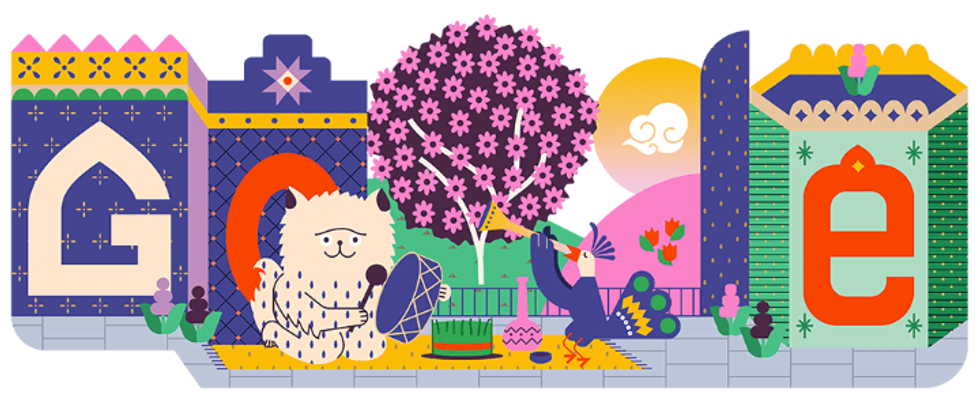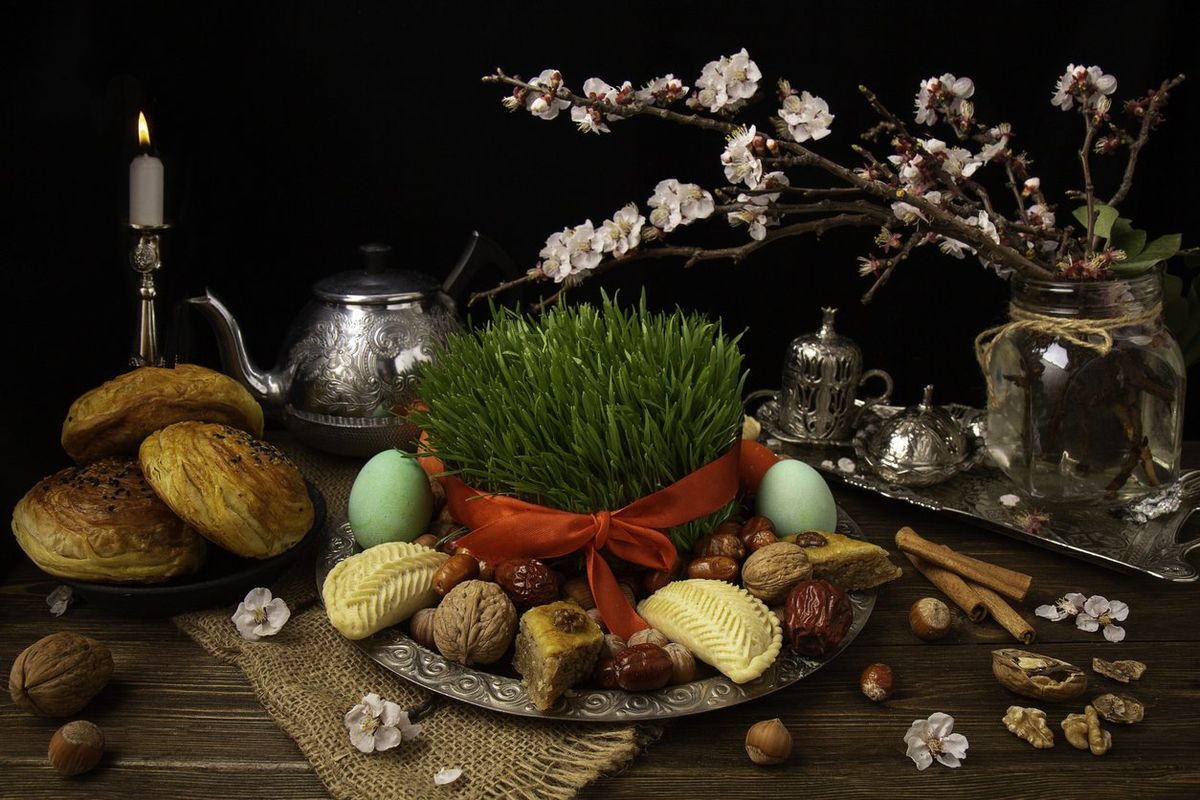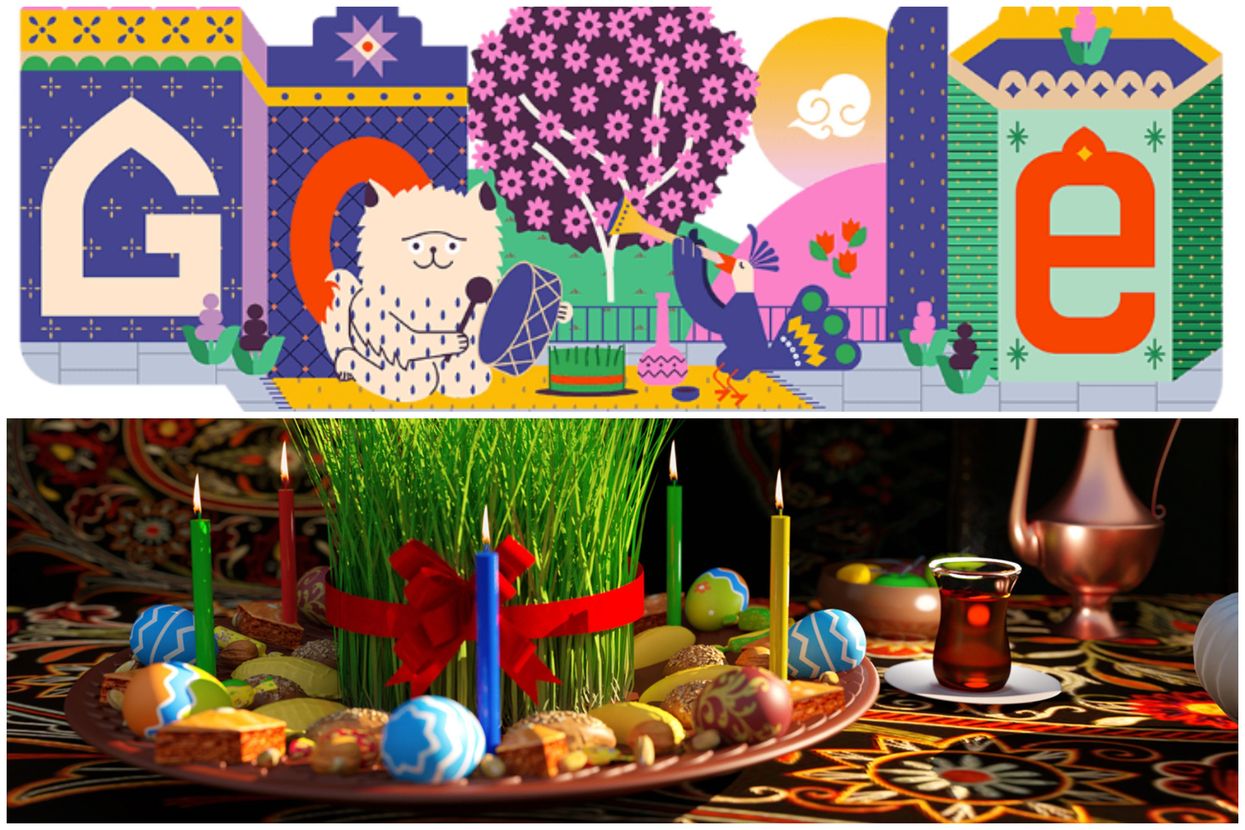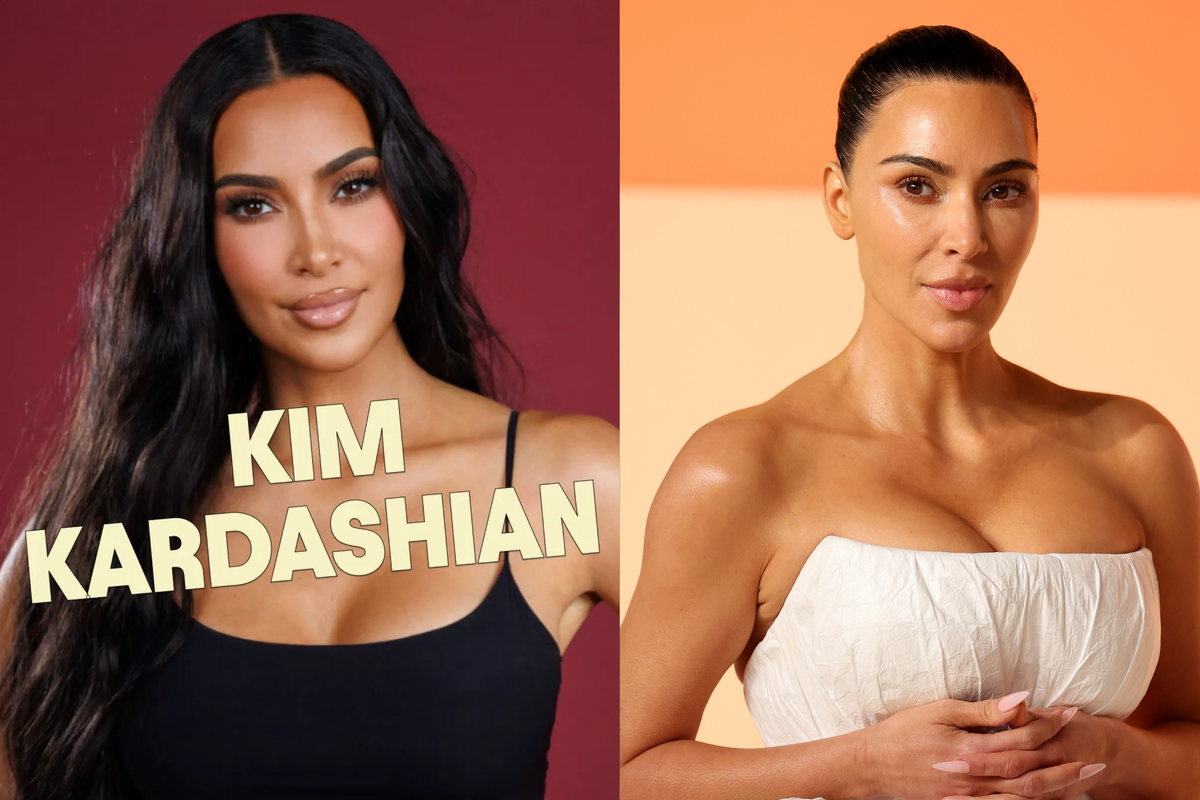The days are getting longer and the trees are growing thick with pink and white blossom, which can mean only one thing – Spring is almost upon us.
Such bursts of colour are saluted in today's Google Doodle, which is a joyful display of flowers, animals and music.
It was created by artist Pendar Yousefi to mark Nowruz, the ancient holiday that marks the start of the new season and is celebrated by more than 300 million people around the world.
It is most notably feted across the Middle East, the South Caucasus and the Black Sea Basin, as well as Northern, Western, Central, and South Asia, on 21 March.
"The annual festival has been around for over 3,000 years," Google notes in its blurb to the artwork,
"The earliest origins of Nowruz trace back to ancient Iran (then Persia). It was held on the spring equinox to mark the start of the blooming season. As time went on, several countries and ethnic groups along the Silk Roads started adopting the tradition.
"During Nowruz, the most important tradition is the haft-sīn. Families gather and set out seven items that each represent renewal and rejuvenation," the explainer goes on.
"These items usually include wheat for rebirth and good fortune, wheat pudding for power and strength, olive for love, berries for the sunrise, vinegar for age and patience, apple for beauty, and garlic for good health."

Given its importance to millions of people, the United Nations (UN) recognises it as an international holiday and, in 2009, formally named it as part of the Intangible Cultural Heritage of Humanity as a cultural tradition.
The UN states on its website that Nowruz “promotes values of peace and solidarity between generations and within families as well as reconciliation and neighbourliness, thus contributing to cultural diversity and friendship among peoples and different communities.”
It adds: “Nowruz plays a significant role in strengthening the ties among peoples based on mutual respect and the ideals of peace and good neighbourliness.”
Meanwhile, UNESCO states on its site that there is much feasting and exchanging of gifts on the day of Nowruz and a “wide range of cultural performances and traditions also take place”.
“Children are often given small toys, and traditionally play with colourfully painted eggs. Families and within communities share a symbolic meal, often consisting of cooked rice and vegetables combined with many local ingredients,” it adds.
“One widespread tradition is the preparation of a Nowruz table, on which a number of symbolic objects are placed. While these tables differ slightly from region to region, the most common features are: water, candles, dishes of green sprouts (or Sabzeh).
“These objects symbolise purity, brightness, abundance, happiness and fertility for the new year.”

Speaking of his design for the design, the Iranian artist Yousefi explained: "As I learned about the rich tapestry of Nowruz traditions across different communities, it became clear that capturing them all in one Doodle would be a challenge. So, my process involved a lot of research into the Nowruz customs and artistic traditions of these communities."
He went on: "In constructing the scene, I've drawn from my own happy childhood memories of Nowruz, which evoke feelings of joy, togetherness and hope.
"These are captured through the animal friends who have gathered in a flower-filled courtyard to ring in the coming of spring under the blossoming tree.
"Even in challenging times, the spirit of Nowruz – the promise of renewal and a 'new day' on the horizon – offers a beacon of hope.
"I can almost hear the festive songs of their ancient instruments, a reminder of resilience and the enduring strength of tradition."
Sign up for our free Indy100 weekly newsletter
Have your say in our news democracy. Click the upvote icon at the top of the page to help raise this article through the indy100 rankings














Italian Prime Minister can't get away from Trump quick enough